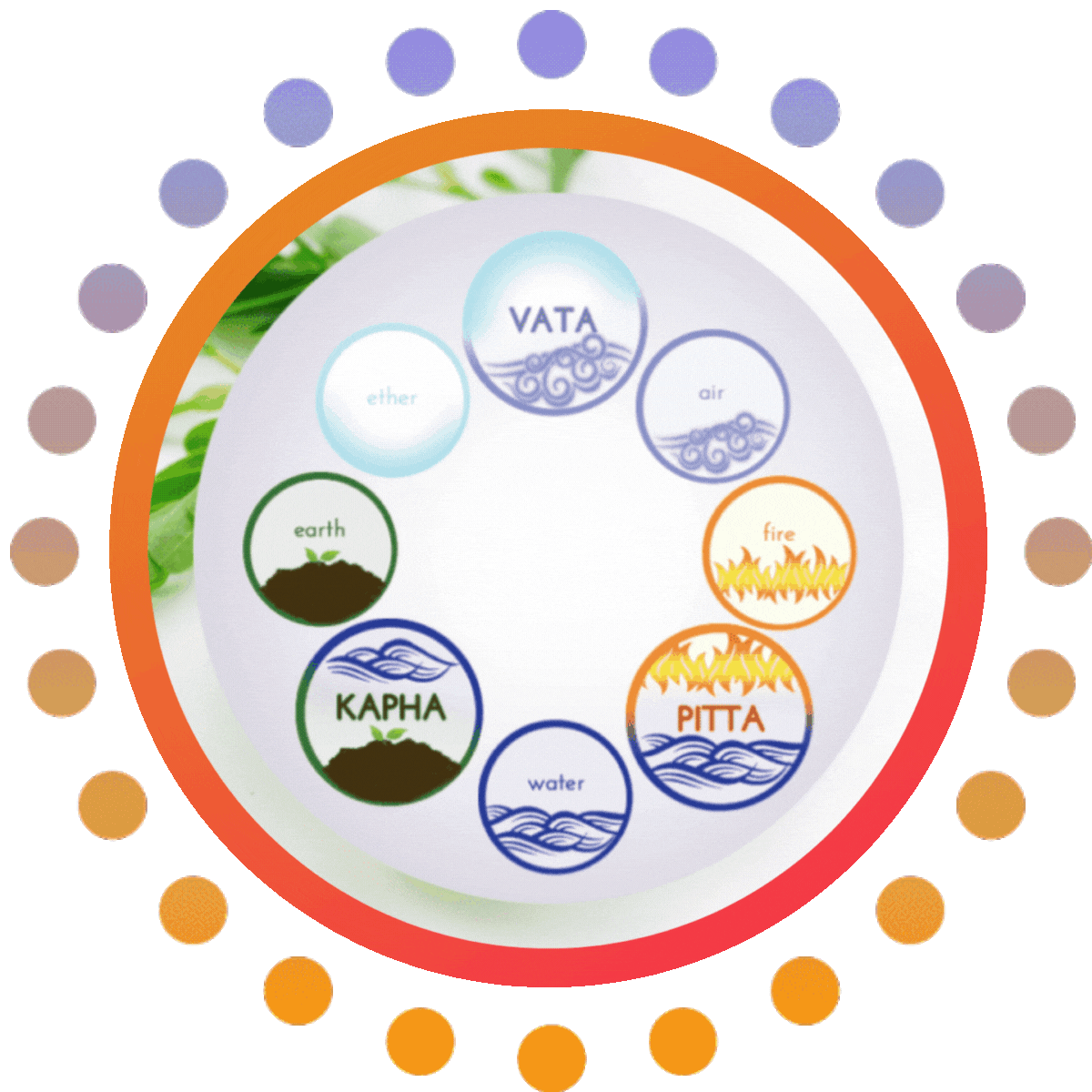
Web Stories
Step Into the Story: Explore Now
The Tridosha theory in Ayurveda is based on the three elements of the universe: air, fire, and water. It suggests that three fundamental energies govern all bodily functions: Vata (air and space), Pitta (fire and water), and Kapha (water and earth). These energies account for the diverse physical appearances, temperaments, and susceptibility to illnesses among humans.

Vata Dosha
Derived from air and space elements, represents bodily movement and oversees all physical and mental motions. Balanced Vata encourages creativity and flexibility, while imbalances can lead to fear, anxiety, and restlessness. Further the Vata doshas has five sub-doshas which include:
- Prana Vata is found in the head and it controls the senses.
- Vyana Vata controls all the controlled bodily action and is found in the heart.
- Udana Vata is found in the chest area and it controls the voice and intellectual abilities.
- Samana Vata is present in the stomach and it controls the digestive processes.
- Apana Vata controls all the discharges through the urinary tract and is found in the anal region.
Pitta Dosha
Composed of fire and water elements, represents transformation and metabolism and manages processes like digestion, absorption, assimilation, nutrition, metabolic functions, and body temperature. A balanced Pitta fosters intelligence and comprehension, while imbalances can lead to anger, hatred, or jealousy.
The dosha is further divided into five subcategories:
- Ranjak Pitta produces Rakta or blood and is found in the stomach.
- Bhrajak Pitta controls skin pigmentation and is found in the skin.
- Aalochak Pitta is found in the eyes and controls the sight.
- Sadhak Pitta is present in the heart and it governs the psychological capabilities of the body.
- Pachak Pitta controls the digestive functioning of the body and is found in the duodenum part of the small intestines.

Kapha Dosha
Derived from water and earth elements, represents bodily structure and lubrication, contributing to physical form and the smooth operation of bodily organs. A balanced Kapha manifests as love, tranquility, and magnanimity, while imbalances can evoke attachment, avarice, or envy. The dosha is further divided into five subcategories:
- Kledak Kapha is found in the stomach and works to digest the food.
- Shleshak Kapha is present in all joints of the body and controls the lubrication of joints.
- Tarpak kapha is found in the head and controls intelligence.
- Bodhak Kapha is found in the sensory organ of taste and governs the same.
- Avalambak Kapha is present in the chest and it lubricates the heart and throat.
The Tridosha theory suggests that each person has a unique constitution or Prakriti, which influences their physical, mental, and emotional qualities. Imbalances in these doshas can occur due to factors like stress, poor diet, lack of exercise, environmental influences, or incompatible lifestyle habits. Ayurveda aims to restore balance through personalized approaches like diet, lifestyle modifications, herbal remedies, yoga, meditation, and other therapies, aiming to maintain harmony among Vata, Pitta, and Kapha for optimal health and well-being.
Reference:
Joshi, Kanchan & Thapliyal, Anil & Singh, Varsha & Ijmtst, Editor. (2021). The Tridosha Theory According to Ayurveda. International Journal for Modern Trends in Science and Technology. 7. 120-124. 10.46501/IJMTST0708022.






